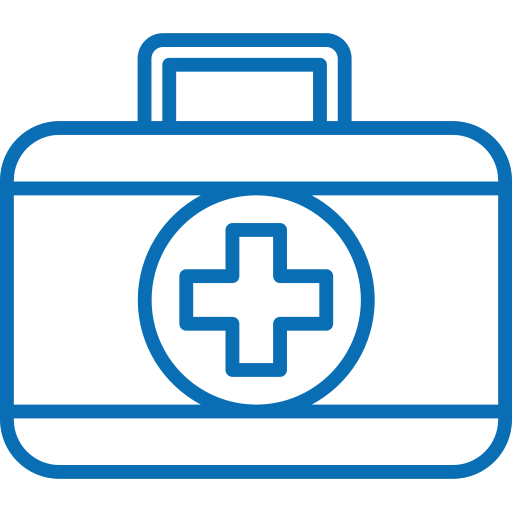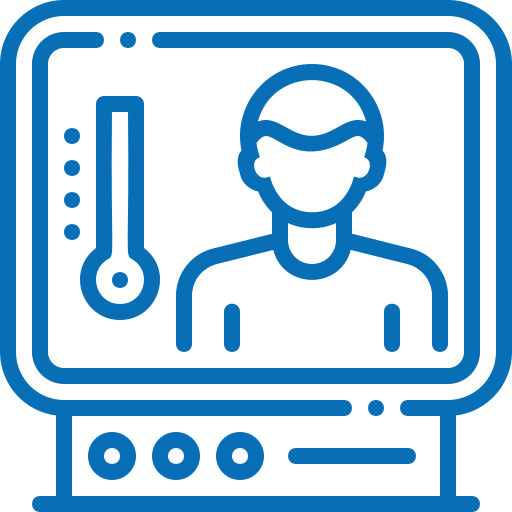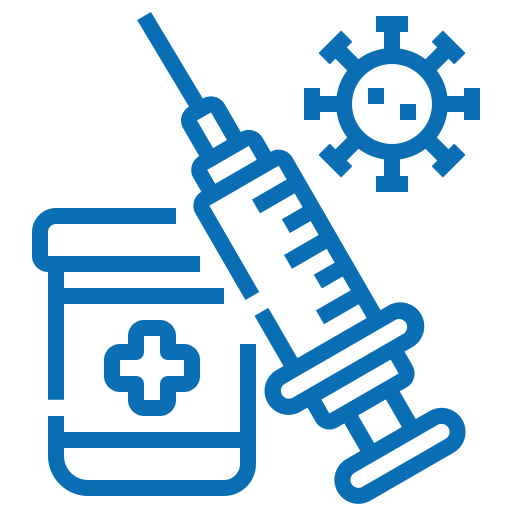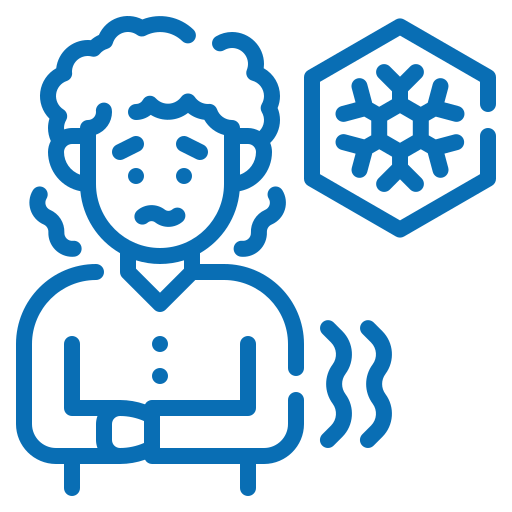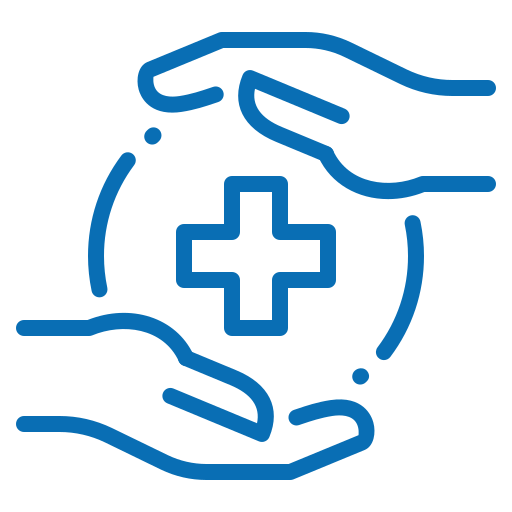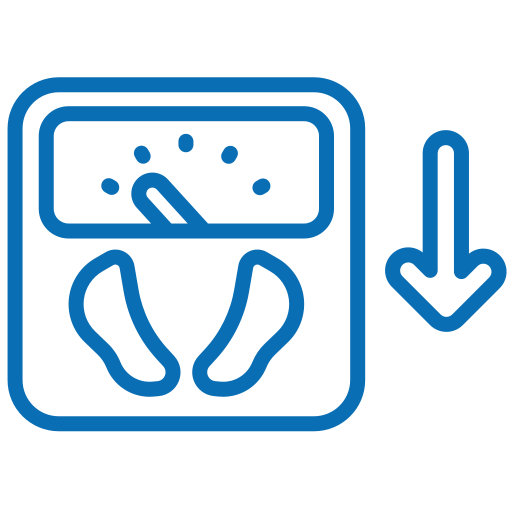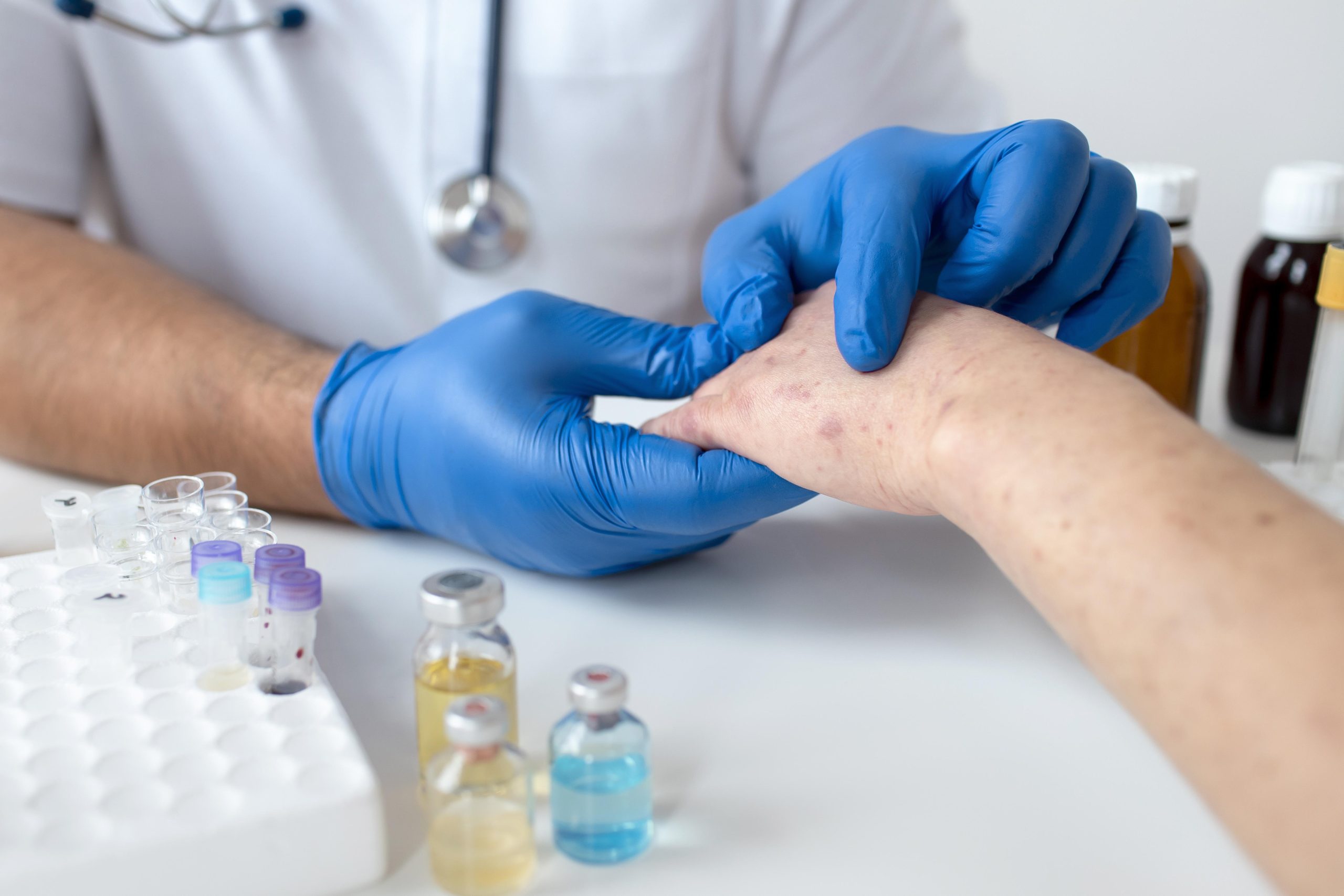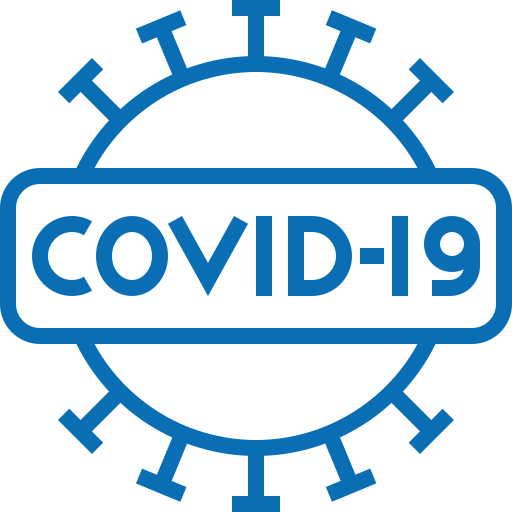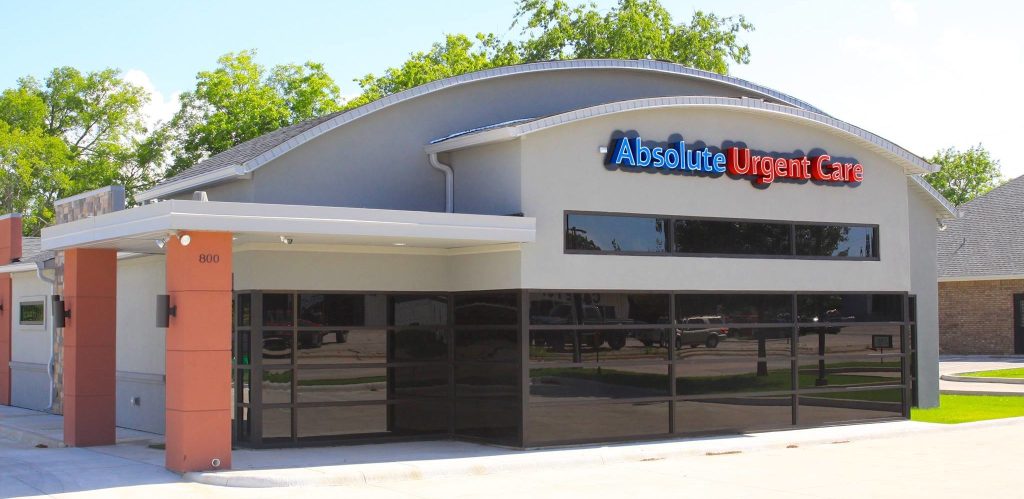The skin, the largest organ in the body, acts as protector against environmental factors. But it is vulnerable to a range of disorders that can harm our health and the quality of our lives. This article will walk you through some common skin diseases, how to recognize them, treatments available, and prevention tips to keep your skin healthy.
Understanding the Skin’s Structure and Function
Before getting into particular disorders, it’s worth familiarizing yourself with the skin’s anatomy. The skin is made up of three main layers:
- Epidermis: The thick outer layer which provides a waterproof barrier and skin tone.
- Dermis: the layer below the epidermis that includes connective tissue, hair follicles, and sweat glands.
- Hypodermis (Subcutaneous Tissue): The inner layer of fat and connective tissue.
These layers protect internal organs, regulate temperature, and contribute to feelings of touch.
Common Skin Disorders: Identification, Treatment, and Prevention
Skin diseases show a variety of signs and symptoms. Here are some of the conditions most often seen:
Acne
Identification:
- Symptoms: Occurrence of pimples, blackheads, whiteheads, as well as cysts mainly on the face, neck, shoulders, chest, and back.
- Causes: Happen when hair follicles get clogged with oil and dead skin cells. Hormonal fluctuations, certain medications, diet and stress are factors.
Treatment:
- OTC Products: Topical treatments with benzoyl peroxide or salicylic acid.
- Prescription Medications: Topical or oral antibiotics, retinoids, or hormonal treatments.
- Repair: Chemical peels, drainage and extraction or laser therapy.
Prevention:
- Cleansing regularly with a gentle cleanser
- Do not pick pimples or squeeze them to minimize scarring.
- Wear non-comedogenic makeup and skin-care products.
Eczema (Atopic Dermatitis)
Identification:
- Symptoms: Red, itchy, and inflamed skin on hands, feet, ankles, neck, upper body, and limbs.
- Causes: Associated with a blend of genetic and environmental factors, such as allergens, irritants, and stress.
Treatment:
- Moisturizers: Regular application of emollients to keep skin hydrated.
- Therapeutic Steroid: To reduce inflammation and itching
- Immunosuppressants: Medications that suppress immune response for severe forms of Gaucher.
Prevention:
- Identify triggers to avoid, like certain soaps, fabrics or foods.
- Moisturize the skin and avoid extreme temperatures.
- You wear soft, breathable clothing to minimize irritation.
Psoriasis
Identification:
- Symptoms: Dry patches of red skin covered in thick, silvery scales, often on the scalp, elbows, knees and lower back.
- Cause: An autoimmune disorder in which skin cells replicate more quickly than normal. Common triggers are infections, stress and cold weather.
Treatment:
- Topical treatments: Corticosteroids, vitamin D analogues, or salicylic acid.
- Phototherapy: Ultraviolet light exposure under medical supervision.
- Serum Medications: Medications taken orally or injected throughout the body.
Prevention:
- Relaxation techniques can help manage stress.
- Avoid getting skin injuries that can trigger flare-ups.
- Adopt a healthy lifestyle to promote immune function.
Rosacea
Identification:
- Symptoms: Redness, visible blood vessels, inflamed patches of skin and blood vessel breakouts similar to acne
- Causes: The cause isn’t precisely known, but factors include genetics, immune system problems and environmental triggers.
Treatment:
Topical Medications: for surface inflammation and redness reduction.
Oral Antibiotics: For mild to moderate cases
Laser Therapy: To lessen the appearance of blood vessels.
Prevention:
- Recognize and steer clear of things that aggravate your mouth, like spicy things, alcohol and hot/cold temps.
- Use gentle skin care products that are made for sensitive skin.
- Apply sunscreen to protect skin from sun damage.
Contact Dermatitis
Identification:
- Symptoms: Red, itchy rash from direct exposure to an irritant or allergen.
- Causes: Exposure to soaps, cosmetics, jewelry, plants (such as poison ivy).
Treatment:
- Avoidance: Find and steer clear of the offending substance.
- Topical Steroids: For the inflammation.
- Antihistamines: To relieve itching.
Prevention:
- Consider gloves or eye protection when using potential irritants.
- Always patch test before introducing new products into your routine.
- Keep washing your hands well and moisturize often.
Vitiligo
Identification:
- Symptoms: White patches of skin from loss of pigment-forming cells (melanocytes). These patches can appear on just about any body surface, including the hair and the inside of the mouth.
- Causes: Autoimmune disorder in which the immune system attacks melanocytes, genetic predisposition, or a triggering event such as sunburn, stress, or chemical exposure.
Treatment:
- Topical Steroids: To induce some pigmentation in early stages.
- Phototherapy: Narrowband UVB to promote repigmentation.
- Depigmentation: When the remaining skin is lightened to create a uniform appearance in more severe cases.
Prevention:
- Protect the skin from sun exposure with broad-spectrum sunscreen.
- Be aware of stress and avoid some chemical agents.
- Makeup or self-tanners can be used to cover affected areas.
How to Maintain Healthy Skin
Identifying and treating common skin disorders is important, prevention and maintenance is even more so! Here are some general tips:
Follow a Skincare Routine
- Cleanse: Use a gentle cleanser to wash your face and remove dirt and oil.
- Hydrate: Apply a moisturizer that matches your skin type.
- Protect: Use sunscreen daily to protect your skin from damage caused by UV light.
Eat a Balanced Diet
- Include antioxidant, vitamin, and mineral-rich foods — fruits, vegetables, nuts, among others.
- Drink lots of water to keep your skin taut and supple.
Manage Stress
- Engage in some form of yoga, meditation or deep breathing exercise to decrease stress.
- For skin renewal, you need to sleep well.
Avoid Harmful Habits
- Stop smoking, since it causes skin to age and damages collagen and elastin.
- Limit your alcohol consumption, as it can dehydrate your skin.
Regular Dermatologist Visits
- Routine check-ups will help in preventing and treating problematic skin.
- Chronic or severe skin problems require professional help.
Some common skin conditions such as acne, eczema, psoriasis, vitiligo can deeply influence the quality of your life. Learning how to recognize these conditions, find parthelative treatments, and preventive measures can help your skin remain healthy and glowing. Your skin mirrors your overall well being, so be kind to it.
If you find a change in your skin that persists or seems out of whack, don’t hesitate to see a dermatologist. The best way to manage and prevent skin disorders is with proactive care and informed decisions. For more helpful tips and expert advice on skin care, visit Absolute Urgent care.

